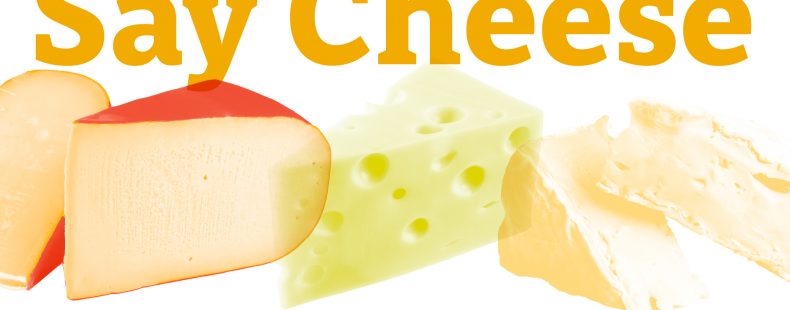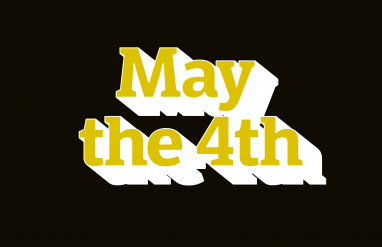Say cheese! There are a ton of different cheeses out there, and many of them have unique toponyms, or names that are derived from the name of a place. In fact, many cheeses are officially designated by international cheese organizations—yes, that’s a thing—as so-called “protected cheeses,” meaning only a specific place can legally make a certain kind of cheese.
Whether they are protected or not, many of the most popular cheeses in the world take their names from a certain location in the world. If you’d like a cheddar understanding of where the names of many of our favorite cheeses come from, take a gouda look at our list of cheese names!
Parmesan
Parmesan cheese is a popular kind of cheese that is usually grated and placed on top of other foods. Sometimes known as “The King of Cheeses” due to its popularity, Parmesan cheese is referred to by cheese experts and Italians as Parmigiano Reggiano. This name refers to two of the areas that are legally allowed to make it, the Italian provinces of Parma and Reggio Emilia.
Close behind any talk of cheese will be a discussion on pizza. Discover key pizza terms here.
Cheddar
Cheddar cheese takes its name from the place where it was first made, the village of Cheddar located in Somerset, England. Cheddar is not a protected cheese, and many different kinds of cheddar cheeses are made all over the world.
Brie
Brie is a type of cheese named after the place it originated from, the Brie region of northeastern France. The general name Brie is not protected but some regional types of Brie cheeses, such as Brie de Meaux, are classified as protected cheeses.
Gorgonzola
Gorgonzola is another cheese that takes its name from where it originally came from. In this case, the cheese is named for Gorgonzola, an Italian village located near the city of Milan. Gorgonzola is a protected cheese that can only be legally produced in certain parts of Italy.
Muenster
Muenster, also known as Munster, is a flavorful cheese that is named after the commune of Munster, Haut-Rhin in France. Interestingly, this French town’s name is a result of borrowing from both the French and German languages. Muenster cheese is protected under the name Munster Géromé, which resulted from the unification of two cheeses produced on the two sides of the Vosges mountains.
Oaxaca
Oaxaca is a Mexican cheese that is gaining popularity in the United States and in Mexican cuisine around the world. Oaxaca takes its name from Oaxaca, a city and state located in southern Mexico.
American
It should come as no surprise what name that Americans would use to refer to a cheese that originates from the good ol’ USA. American cheese is a processed cheese similar to (and often made from) cheddar that is produced in the United States. The name American cheese is an Americanism that dates back to at least 1763.
Gouda
We have reached the first Dutch cheese on our list. Gouda is a large, round cheese that is named for the city of Gouda, Holland. Gouda is referred to as “the city of cheese” in Dutch tourism, and Gouda Holland is an officially protected cheese.
Asiago
We return to Italy for our next cheese. Asiago is named for Asiago, a small village located in the Veneto region of Northern Italy. Asiago is yet another protected cheese and can only be produced in the Veneto region.
Monterey Jack
This American cheese has a deliciously American backstory in that it was popularized through marketing by a successful immigrant. Monterey Jack cheese is named for Monterey County, California, where it was first made. However, the cheese is also named after businessman David Jacks, a Scottish immigrant who is credited with being the first to market and popularize what is now known as Monterey Jack cheese.
Colby
We’ll stay in the states for another type of American cheese. Colby cheese takes its name from the city of Colby, which is located in the cheesetastic state of Wisconsin. Colby cheese was invented by cheesemaker Joseph Steinwand in 1885 and was named after the town where his father built the family’s first cheese factory.
Limburger
Traveling back to Europe, we’ll need to hold our noses as we investigate the origins of the infamously pungent Limburger, also known as Limburg cheese. This notoriously smelly cheese is named for the duchy of Limburg, which is today divided into portions of German, Belgium, and the Netherlands where the three meet. Today, most Limburger cheese is made in Germany, but this stinky cheese is also produced in the Netherlands, Belgium, and—of course—the US state of Wisconsin.
Camembert
Camembert, or Camembert cheese, is named for the village of Camembert located in the Normandy region of France. Camembert acknowledges the cheese as being an important part of its history, and Camembert de Normandie is a protected cheese. The general name Camembert, though, is used to refer to many varieties of mass produced creamy cheeses.
Discover 16 French words that have stormed into regular use in English.
Stilton
Stilton cheese takes its name from Stilton, a village in Cambridgeshire, England where the cheese was and is popularly sold. Today, Blue Stilton is a protected cheese and is only legally allowed to be produced in three English counties.
Gruyère
It’s taken us a surprisingly long time to travel to Switzerland, but we must do so to find the origins of Gruyère. This Swiss cheese is named for the district of Gruyère, Switzerland. Amazingly, the name Gruyère has been at the center of several cheesy legal battles. Both France and Switzerland have legally protected cheeses known as Gruyère. In 2022, a US federal judge lobbed a cheesy salvo at European cheese law and declared that American cheesemakers could use Gruyère as a generic name for American-made cheeses.
Emmenthal/Emmental
Emmenthal cheese, also known as Emmental and Emmentaler/Emmenthaler, is named for the Emmental region of Switzerland. Several different Emmental cheeses made in Switzerland, France, and Germany are protected cheeses.
Romano
We return to Italy for the last cheese on our list. Romano cheese’s name is a shortening of the Italian pecorino Romano, referring to the fact that the cheese comes from Rome (Romano) and is made from sheep’s milk (pecorino). Pecorino Romano is a protected cheese, but the general name Romano is used in the US and Canada to refer to cow’s milk cheeses that are similar to the Italian version of Romano cheese.
Take this cheesy quiz!
Ready for a gastro tour to visit the destinations of all these delectable cheeses? Well, you can make your first stop at our quiz on these cheesy terms. You can also restock your word pantry any time by visiting our Cheese Toponyms word list.














